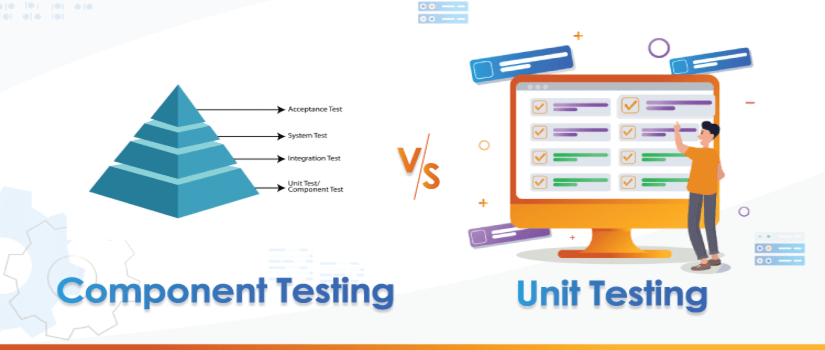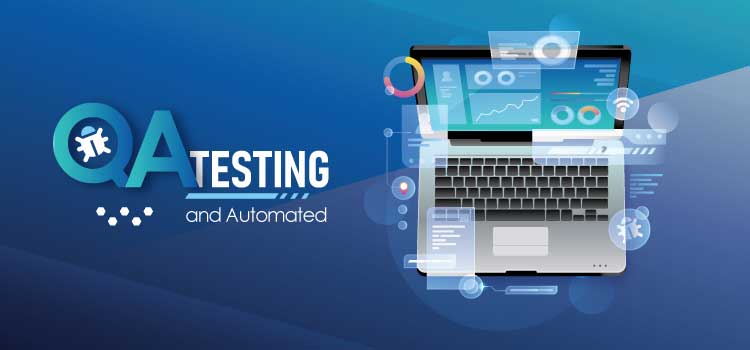Businesses large and small generate lots of raw data that is widely perceived to be a business asset. But what is the value of this data and how can a business best leverage its value? To answer this question, one must first understand that Raw Data has no inherent value. To extract stakeholder value from raw data requires data analysts. A data analysis team will extract raw data, organize it, and transform it into business information that can be leveraged in meaningful ways. Data analytics helps support informed decision making by mapping data into a useful structure. Predictions are made, and suggestions are given to help achieve businesses achieve goals and shape their future.
Business Intelligence
Data Analytics is the backbone of Business Intelligence (BI). BI tools are used to track and analyze important data in order to identify issues, solve underlying issues, and overcome challenges. Data speaks! It is all about Data. For any business to survive and grow in today’s extremely competitive markets, data analytics holds a prominent position. Data Analytics can help any business to shape its strategy in the best interest of not only the business growth but also how its customers engage with the business. Past trends help to predict the future (the future, or future behavior). It is the science of data analytics powers BI and delivers essential tools for Reporting, Analysis, Monitoring, and Prediction.
Data Analysts & Data Scientists
Data Analysts and Data Scientists complete the Data Analysis team. Both have distinctive roles. Data Analysts carry a unique skill set of specific software and tools like Excel, Querying & Programming Languages like Python, SAS, SQL, etc. etc. A Data Scientist has a much broader role. They design new processes for data modeling, write algorithms, devise predictive models, and run custom analyses.
Types of Data Analysis
There are four types of Data Analysis.
• Descriptive Analysis
• Diagnostic Analysis
• Predictive Analysis
• Prescriptive Analysis
Descriptive Analysis is the most basic type of analysis and it describes what has happened in the past. It doesn’t detail anything except ‘What happened’. It doesn’t explain the cause of a certain thing in the past. To perform Descriptive Analysis Data Aggregation and Data Mining Techniques are used. So, take an example if a business wants to know its sales gone up in the last 6 months? Have the number of online views gone down? All this can be identified by using Descriptive Analysis.
Diagnostic Analysis puts the focus is on ‘Why something happened’. This involves more diverse data inputs and some hypothesizing (application of rules and algorithms?). We can take examples as: did previous marketing campaigns affect sales.
Predictive Analysis informs choices by showing ‘What is likely to happen’ in the near term or future. Examples like what happened to the sales in the last hot summer, how many weather models can help predict a hot summer this year? Predictive Analysis can be used to predict different outcomes such as ‘business revenue will go up or down in the coming year’ and so on. Detects problems before they occur.
Prescriptive Analysis suggests ‘What steps should be taken’. For example, the healthcare industry now uses prescriptive analytics to identify models for disease prevention, to offer more cost-effective clinical care via telemedicine, etc. The prescriptive analysis is the most sophisticated and robust form of data analysis and can define decision options on how to maximize future opportunities or mitigate future risks and considers implications of various options.
Businesses/Industries using Data Analytics
Business Analytics is the most important tool for Amazon, Facebook, Google, etc. These giants rely deeply on Data Analytics to determine their course of action. Such giants cannot survive without Data Analytics techniques.
Facebook deploys Data Analytics to discover what its users are talking in order to understand what products and services the users would be interested in. Knowing the pulse of users is essential for Facebook’s success since ads must be up to date and customized.
Google serves a few billion searches every day making it one of the most data-intensive companies. Due to this, the need for analytical tools at Google is inevitable. Google additionally employs the most extreme number of Data Scientists.
Data Analytics is becoming a major force in taking forward various big brands. For Uber, the way into the development of $51 billion is the large information it gathers with the assistance of Data Analytics. Airbnb uses Data Analytics basically to bring out better client experience. Both these businesses are for a reliable development with the intensity of their profound information scientific methodology.
Another bright example is Netflix. It gathers all kinds of data from its over 160 million worldwide subscribers. The data includes what users watch and when, as well as other types of information about what they like to watch often, how long they watch, etc. With the help of data analytics, Netflix is able to make personalized and perfect suggestions as to what the user might like to watch next.
EXPAND Healthcare services joins the utilization of high volumes of organized and unstructured information/data and uses data analytics to make quick decisions. Similarly, the retail sector utilizes data to meet the ever-changing demands of shoppers.
Future of Data Analytics
In 2019, the global data analytics market was valued at $49 billion USD—that’s more than double what it was worth in 2015. And, from 2020 to 2023, the market is expected to grow at a rate of 30% per year, taking it up to $77.6 billion USD. There is an ever-growing need for Data generation and quick adoption of Data Analytics across various enterprises.
Conclusion
Data Analytics has become an extremely important component for businesses on a large scale to compete in today’s hyper-competitive markets. Enterprises that are able to convert data into meaningful information or insights have the potential to stand out from the crowd.
Reporting provides a record and measurement of what has happened, past activities, and data.
The analysis looks at why something happened, analyzing data via queries, analysis, visualizations with the goal of evaluating or anticipating.
Monitoring offers a snapshot, real-time dashboard centralized, actionable metrics, KPIs, and performance measures.
Prediction is the most complex form of BI, using data mining to find patterns and relations to extract something can further use or understand or using predictive modeling to predict outcomes or probability of an outcome.
Get at the idea that reporting and analysis are now used in every business. To remain competitive in the future, a business needs to move beyond that to leverage the power of more advanced data analysis techniques.
If you have any data related need, please feel free to Contact us.











